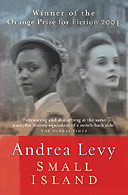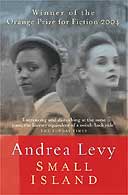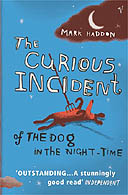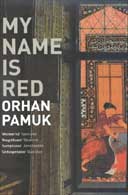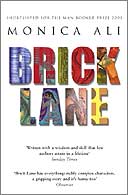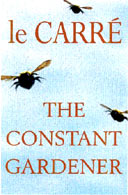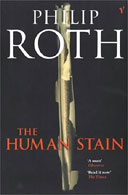Coincidence in a novel can be the sign of a failed plot or a carefully deployed literary device. We can mock rickety narratives for relying on coincidences, yet recognise that certain accomplished novelists insist on them. Where would Dickens be without coincidences? In a densely plotted novel like Bleak House they alert us to the unexpected connections between apparently distant characters that the novel investigates. Elsewhere they can simply be pleasingly appropriate, as near the end of David Copperfield when David, on a prison tour, encounters the novel's two servile villains, Uriah Heep and Steerforth's butler Littimer, in adjacent cells. Improbably, perhaps, but absolutely naturally they have ended up next to each other as the jail's two model prisoners.
Dickens's novels are thick with coincidences. Andrea Levy's Small Island involves one huge coincidence. If you have not read the book and wish to be surprised when you do so, stop reading here. For one has to be quite clear about Levy's turn of the plot in order to register the structural significance of this coincidence. As a girl in Jamaica, Hortense loves her second cousin, Michael Roberts. Near the start of the war, he leaves for England to serve in the RAF. Some time later he is lost in action over France. Three years after the war, Hortense comes to London with her new husband, Gilbert. They stay in a lodging house owned by a white woman, Queenie, whom Gilbert met in strange circumstances when he was himself serving in the RAF. Stationed in the Midlands, he one day encountered an old man in a Lincolnshire lane, apparently "soft in the head". The man silently produced his address on a piece of paper and Gilbert led him to his home, an isolated farmhouse. There he met Queenie, the man's daughter-in-law, with whom he subsequently struck up a friendship.
Gilbert finds her again when he returns to England. Meanwhile, in Queenie's narrative we find that Michael Roberts, Hortense's lost love, was her lodger for a couple of days during the war, and that on his last night they slept together. The coincidence becomes more significant near the end of the novel, when Queenie gives birth to a son who is black. Her husband, Bernard, attacks Gilbert. But he is not the father. "Am I the only black man in this world?" The true father, though, is just as strangely singled out from all other possibilities. We are told by Queenie, in one of the chapters she narrates, that it was the same Michael Roberts, who survived being shot down and visited her again three years after the war.
There are two odd things about this coincidence. One is that it is not necessary. Queenie's fling with a black serviceman while her husband was in India did not have to be with Michael. The other peculiarity is that the coincidence is invisible to everyone except the reader. Unable to imagine how she and Bernard, a white couple, can bring up a black child in 1940s England, Queenie gives him away to Hortense. Told that his name is Michael, "Hortense flinched". It is the symptom of a coincidence that neither of the women actually recognises. We have read Hortense's narrative, but Queenie knows nothing of it. Wanting to keep her secrets, Queenie even lies to Gilbert about why the baby is called Michael, saying it was the name of her brother, killed in the war. So, without knowing it, Hortense becomes mother to the son of person she first loved.
Does the coincidence worry us? Is the novelist cheating in some way, pulling two strands of her story together like this? I think not. The invisibility of the coincidence to all the characters explains its use. They are connected in ways that they cannot grasp and are destined to make their gains out of what they imagine are their losses. It is also appropriate to the novel's theme. The "small island" of its title is either Jamaica or Britain. Both are "small" by the limitations they place upon their inhabitants, but also because they make people live within restricted circles of acquaintance. As we say in the face of some of life's ordinary coincidences, it's a small world.
· John Mullan is senior lecturer in English at University College London. Read his archived pieces and respond to them at theguardian.com/books or email books@theguardian.com
